SINGAPORE: One troublesome night, you’re unable to sleep due to severe stomach pain. You’ve already had some antacids, but they’re of no help. The nearest clinics and polyclinics are all closed, and you’re not sure if your condition deserves a visit to a hospital emergency room, where you may have to face long wait times. What do you do?
For many of us, the COVID-19 pandemic served as the catalyst for shifting away from the traditional model of primary care, typically involving an in-person visit to a general practitioner (GP) or polyclinic.
We quickly embraced telehealth apps, which could connect us to a doctor nearly 24/7 within a matter of minutes, obtain a diagnosis for select ailments, and even get medication delivered – all from the comfort of our homes. Telemedicine not only helped us observe safe distancing measures and avoid overcrowding in healthcare facilities, it also ensured that non-emergency conditions could be promptly treated by a suitable physician.
Five years on, while many of these benefits remain, even this level of technology remains inaccessible to some. For others, telemedicine has become little more than a convenient means of obtaining medical certificates (MCs), especially when getting out of bed to visit a GP feels impossible.
This issue has come under scrutiny, with several telehealth providers facing enforcement action from the Ministry of Health (MOH) following investigations into suspected unethical activities such as MCs and prescriptions being issued after inappropriately brief consultations.
Amid telehealth’s growing notoriety, a Dr Kart kiosk in a Tampines petrol station made waves online and in headlines last year. Public scepticism about an unmanned healthcare “vending machine” is understandable – but how sceptical should we be?
“PHYSICAL” TELEMEDICINE CLINICS VS TELEHEALTH APPS
CNA reporters visited the Dr Kart kiosk in December 2024 to better understand how it worked. Based on their trial, one can justifiably expect that these kiosks offer a different user experience from that of telemedicine apps on our phones.
From a regulatory standpoint, however, they are basically the same.
MOH’s 2015 National Telemedicine Guidelines establish that telehealth services must meet a standard of care equivalent to that of traditional in-person consultations, within the inherent limitations of the virtual medium.
These guidelines apply to teleconsultations, whether through a kiosk or apps on personal devices. It doesn’t matter where the patient or the consulting healthcare professional is located, so long as they are not physically face-to-face.
Other legal and ethical frameworks, including the Singapore Medical Council’s Ethical Code and Ethical Guidelines (ECEG), the Healthcare Services Act and the Personal Data Protection Act, are similarly applicable across all modes of telehealth delivery.
As for the specific question of MCs, MOH has reiterated multiple times last year the ECEG’s requirement that MCs be issued to patients based on proper medical grounds, only after a thorough clinical assessment. This is irrespective of the mode or location of consultation.
So, whether you see a doctor via your phone or a kiosk at the petrol station, you’ll likely receive an MC only after you’ve been properly assessed, just as you would be by a GP in a physical clinic.
The 2023 Healthcare Services (Outpatient Medical Service) Regulations (OMS) do introduce a degree of differentiation, largely in practical terms. For instance, Regulation 13 requires that remote service kiosks like the one in Tampines must meet specific standards for sanitation, maintenance, effectiveness and safety.
THE RISE OF “VENDING MACHINE HEALTHCARE”
In truth, the Dr Kart kiosk is not the first of its kind.
In 2023, developer SmartRx launched a fully-automated telemedicine “clinic”…










